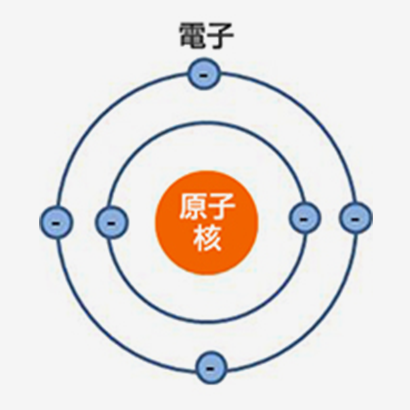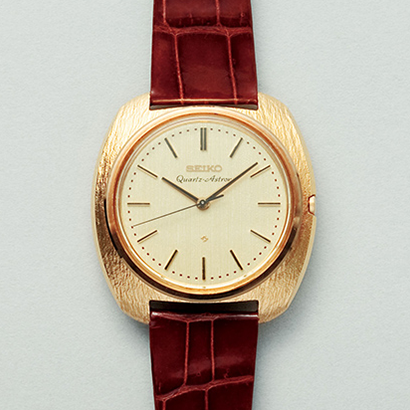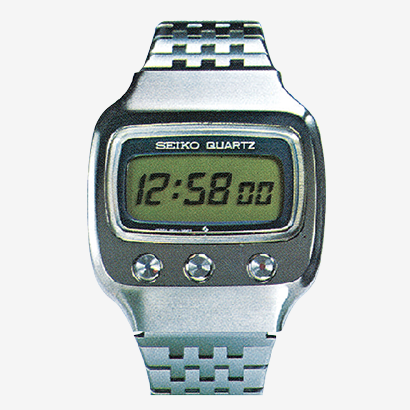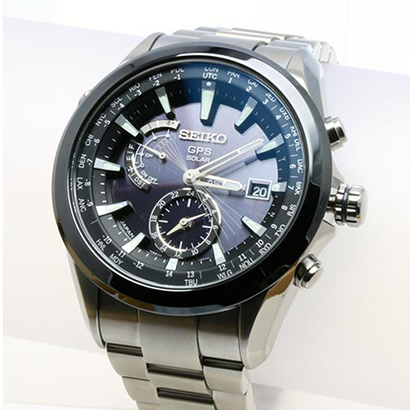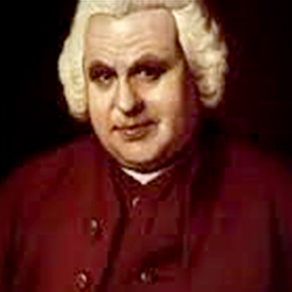Quartz timepieces provided far greater precision than conventional mechanical timepieces, and from the 1970s on, all manufacturers of timepieces have engaged in the pursuit of greater precision through technological advancements.
Resolving errors within the watch: Stand-alone systems
A characteristic of the tuning fork quartz oscillators used in quartz watches is that their vibration frequency changes according to changes in temperature, which leads to errors. To improve accuracy, Seiko devised a system using two quartz oscillators, one to detect changes in temperature and correct errors due to temperature changes in the other, within the watch. This movement, named the Twin Quartz, was released in 1978 in the Grand Twin Quartz model, with an accuracy of just ±10 seconds per year, and the even more accurate Seiko Superior Twin Quartz, with an accuracy of just ±5 seconds per year.
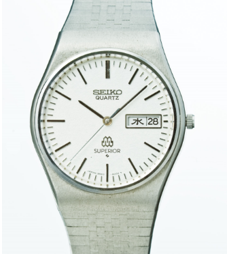
Other systems of compensating for changes in temperature were developed by watch manufacturers in Japan and around the world, such as systems employing high frequency quartz oscillators and systems incorporating temperature sensors within integrated circuits. Currently, the Grand Seiko 9F Quartz incorporates a temperature-correction program within its IC to achieve high precision, with an accuracy of ±10 seconds per year.
New directions for high precision
Over time, the pursuit of greater precision in quartz timepieces turned in a different direction, toward methods in which timepieces can correct themselves based on time information received from external sources. Even before the marketing of quartz watches, Seiko had begun development of a radio-controlled timepiece, and in 1963 it launched the Transistor Clock with a built-in radio-correction function. This clock adjusts its time according to radio time signals transmitted by NHK at specific times.
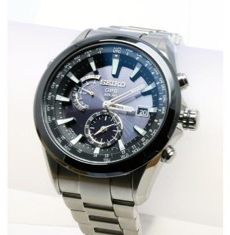
Over time, the pursuit of greater precision in quartz timepieces turned in a different direction, toward methods in which timepieces can correct themselves based on time information received from external sources. Even before the marketing of quartz watches, Seiko had begun development of a radio-controlled timepiece, and in 1963 it launched the Transistor Clock with a built-in radio-correction function. This clock adjusts its time according to radio time signals transmitted by NHK at specific times.
In the 1990s, the German company Junghans developed radio-correction watches that receive standard radio waves with time information given by cesium atomic timepieces. Currently, standard radio wave transmissions are made from two stations in Japan—one on Mt. Otakadoya in Fukushima prefecture (transmission frequency: 40 kHz) and the other on Mt. Hagane at the border of Fukuoka and Saga prefectures (transmission frequency: 60 kHz)—which covers almost all of Japan. However, not every country in the world has a standard frequency time signal broadcaster, and areas of signal reception are also limited. For this reason, when time cannot be corrected by standard radio waves, the accuracy of such watches is only as good as that of ordinary quartz watches.
The innovation to overcome this weakness was the satellite radio watch. With this mechanism, the watch receives satellite radio signals from GPS and other forms of GNSS (Global Navigation Satellite Systems) and adjusts the time and date accordingly. Atomic clocks are built into satellites orbiting the earth, from which the satellite radio watch receives location and time information. This innovation made it possible to display the current time anywhere on earth.
In 2012 Seiko launched the GPS Solar Astron, the world’s first GPS solar watch. Supported by signals from four or more GPS satellites, with just one touch the watch displays the local time wherever the wearer happens to be in the world. This could be called a new generation of watches for the global age, eliminating the bother of manually adjusting the time, no matter where around the world the wearer may travel.


